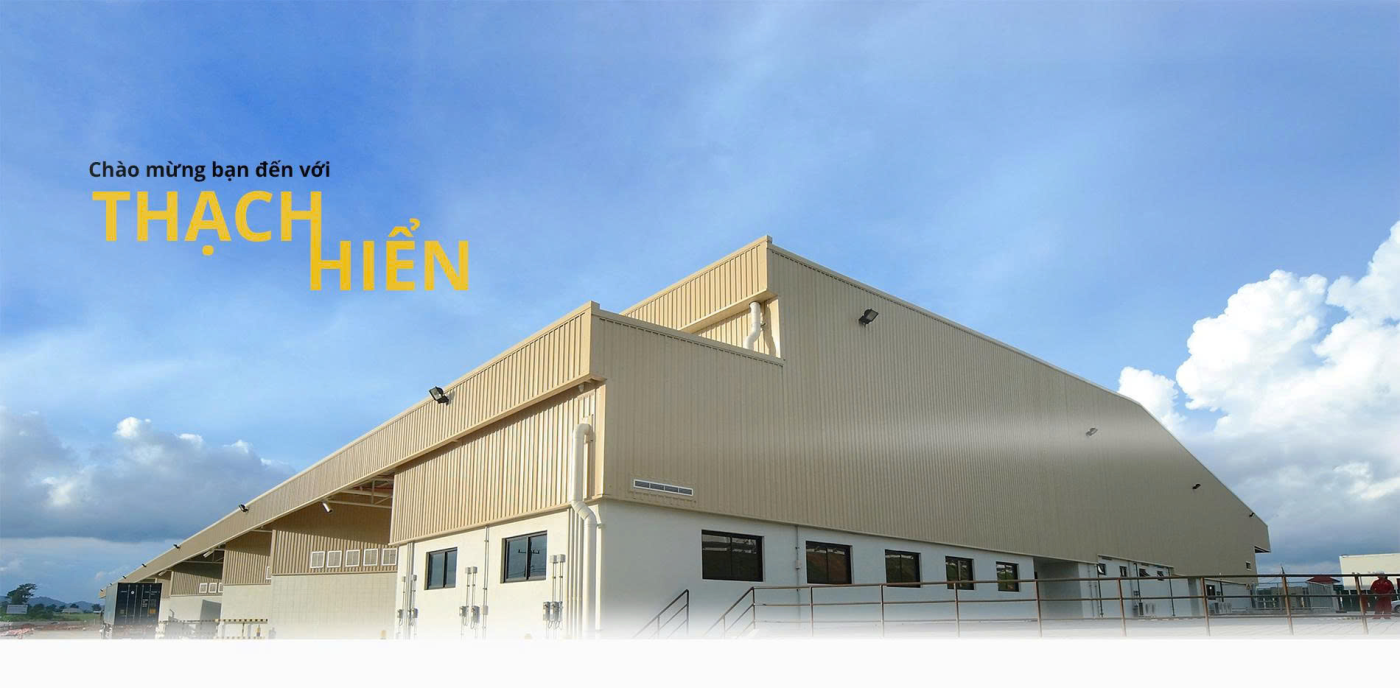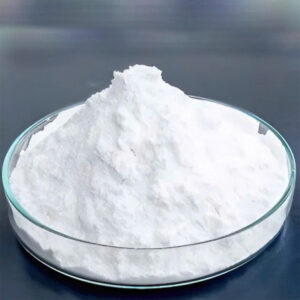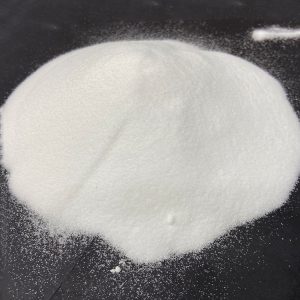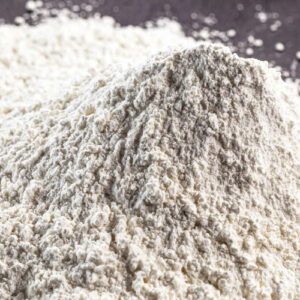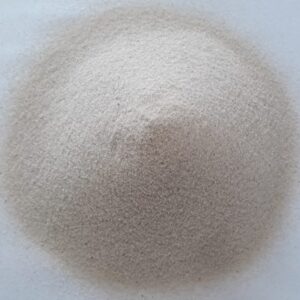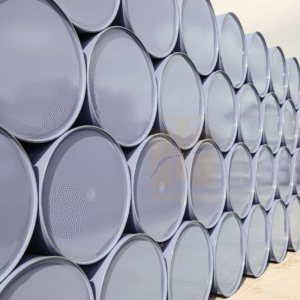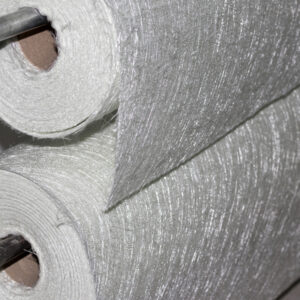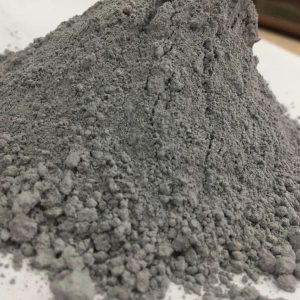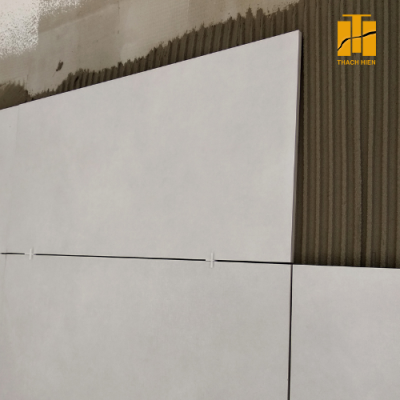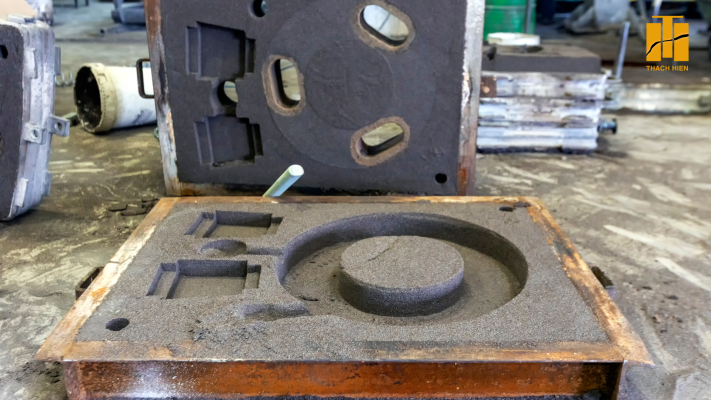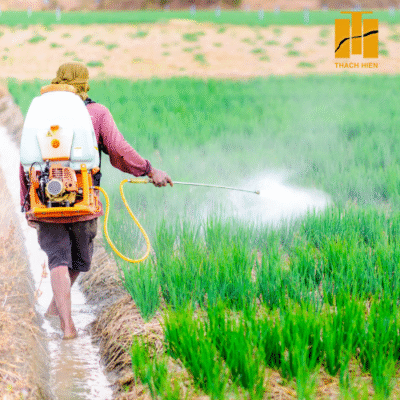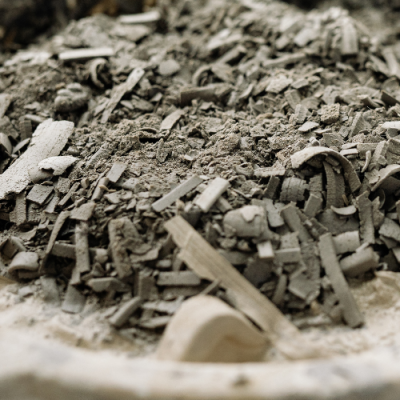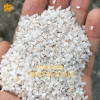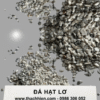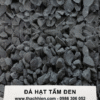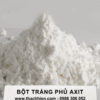News
DOLOMITE LIME IN SHRIMP FARMING
Dolomite lime powder is a mineral that is very commonly used in the aquaculture industry to help stabilize pH, kill pathogens, remove toxic gases, improve and enhance water quality in ponds. In this article, we will answer questions and provide you with more important knowledge about Dolomite so that you can better understand the uses and how to use Dolomite in the aquaculture industry, especially shrimp and black apple snail farming.
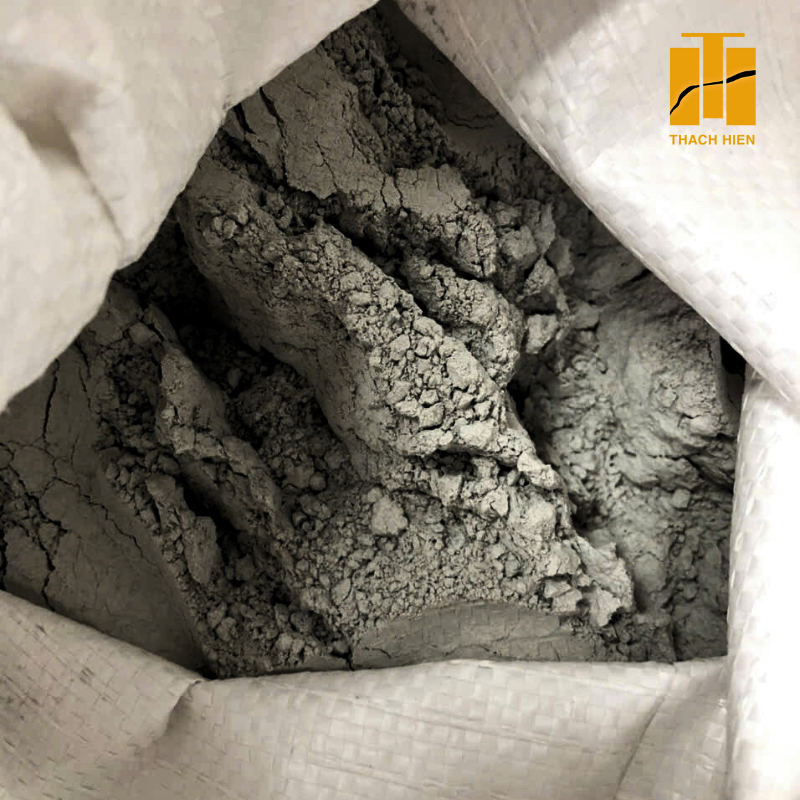
Black Dolomite Lime Image
What is Dolomite Lime?
Dolomite is a common mineral, with the chemical composition CaMg(CO3)2, is a carbonate-rich rock, formed by dolomite and calcite minerals, in which dolomite minerals account for a large amount.
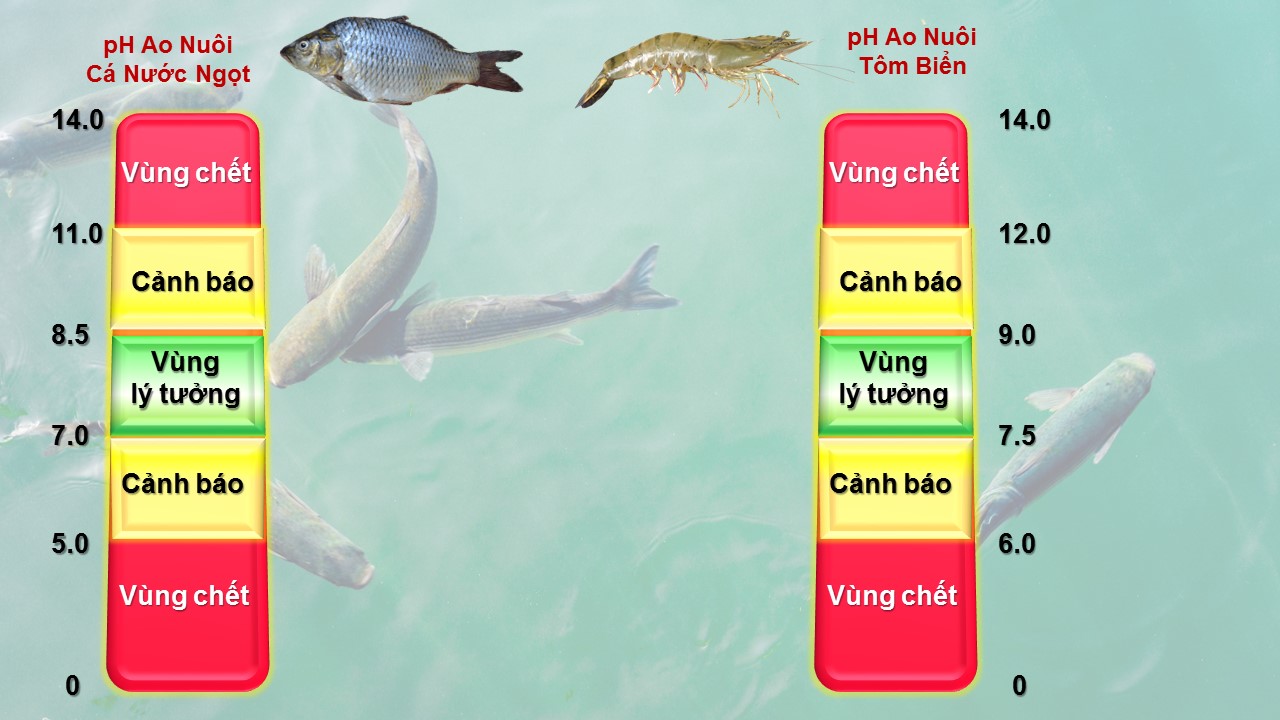
The suitable pH range for shrimp farming is 7.8 – 8.5. If pH > 9, then Anomium (NH4+) will convert to Ammonia (NH3) which will affect shrimp. When pH < 6.5, heavy metals (Fe, Cu, Hg, Pb...) at the bottom of the pond will be released into the water, causing toxicity to shrimp. At the same time, low pH will reduce mineral accumulation in shrimp, causing soft shells when molting. It is necessary to maintain pH 7.8 - 8.2 and the daily pH fluctuation amplitude is less than 0.3, which is optimal. The amount of CO2 produced depends on the mass of shrimp raised, the lower the pH, the more the solubility of CO2 in water increases, acidifying the water. Total alkalinity of water is the capacity of the water system to neutralize acids by bases (HCO3, CO3- and OH-). The lower the alkalinity of the water, the greater the pH fluctuations. If the alkalinity drops low, the pH will fluctuate greatly during the day, causing stress (shock) and shrimp death.
Benefits of Dolomite Lime in Shrimp Ponds
The acid level or pH plays an important role in the physiological and metabolic stability of shrimp. The suitable pH range for shrimp farming is 7.8 – 8.5. If the pH is >9, then Anomium (NH4+) will convert to Ammonia (NH3), which will affect the shrimp. When the pH is >6.5, heavy metals (Fe, Cu, Hg, Pb…) at the bottom of the pond will be released into the water, causing toxicity to the shrimp. At the same time, low pH will reduce the mineral accumulation in shrimp, causing soft shells when molting.
It is necessary to maintain pH 7.8 – 8.2 and the daily pH fluctuation amplitude is less than 0.3 is optimal. The amount of CO2 produced depends on the mass of shrimp raised, the lower the pH, the more the solubility of CO2 in water increases, acidifying the water. Total alkalinity of water is the ability of water to neutralize acids by bases (HCO3, CO3- and OH-). The lower the alkalinity of water, the greater the pH fluctuation. If the alkalinity is low, it will cause large pH fluctuations during the day, causing stress (shock) and shrimp death. Therefore, shrimp farmers must continuously maintain the pH of shrimp pond water to maintain optimal conditions. One way to do this is to add dolomite lime when necessary.
Dolomitic lime primarily functions to increase pH in both water and soil. Dolomite lime works by binding hydrogen (H) ions, thereby reducing acidity in water and soil. Dolomite lime can be added directly to water, sprinkled on soil, or mixed into shrimp feed. Here are the details:
Increases alkalinity
The first benefit of dolomite lime for shrimp ponds is to increase the alkalinity of the pond below the optimum threshold. The ideal alkalinity of pond water is in the range of 130-180 ppm because it significantly affects pH stability. The increase in alkalinity affects the control of pH and calcium concentration. Adequate alkalinity can maintain the pH fluctuation between morning and afternoon within the range of 0.2 to 0.5. The pH change should not exceed 0.5. Drastic changes can shock the shrimp and cause them to stop eating.
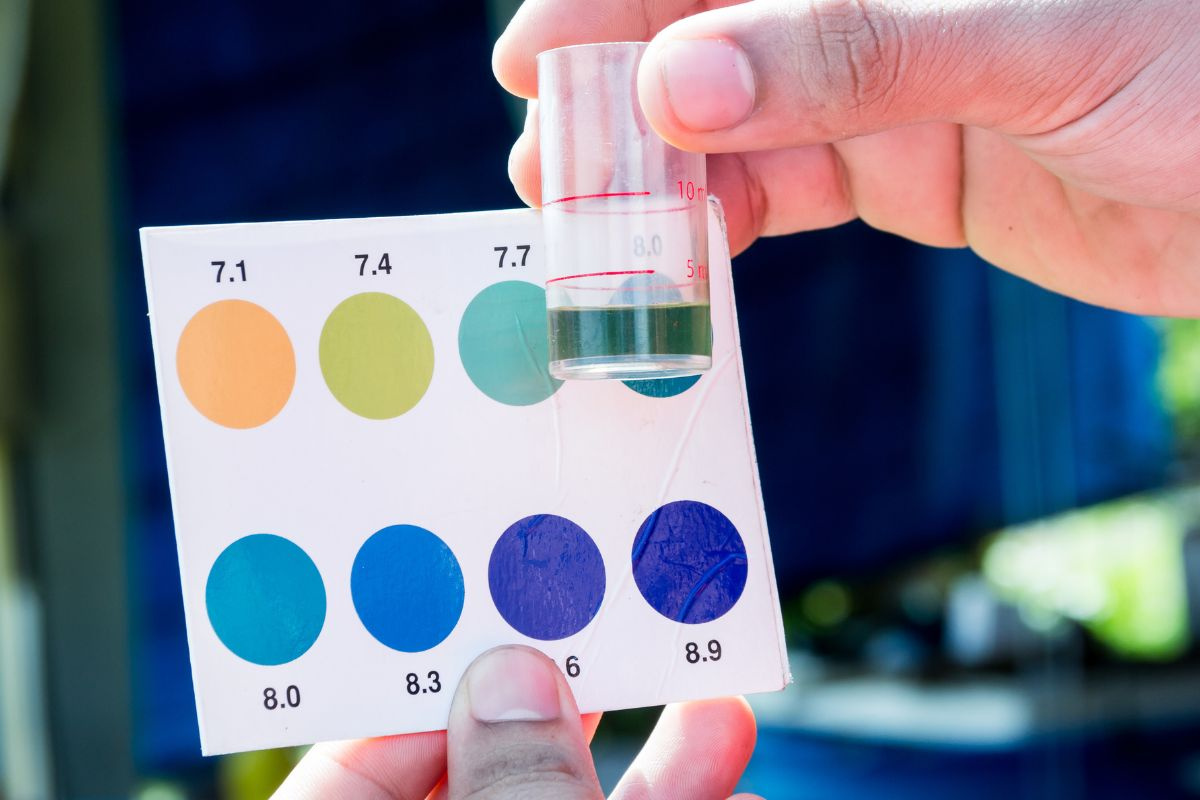
Stabilize the pH of water
An important aspect of shrimp farming is maintaining the correct pH of the water. Significant pH fluctuations can disrupt the biological balance in the aquatic environment and negatively impact shrimp health. Dolomite lime can be used to counteract pH fluctuations by acting as a pH buffer. It can bind the acids present in the water and prevent the pH from dropping too much.
Providing Calcium and Magnesium
Dolomite lime provides a source of calcium and magnesium that is essential for shrimp growth and development. Calcium is important for the formation of a strong shell and exoskeleton, while magnesium is needed for various biochemical processes in the shrimp body.
Accelerates the Moulting Process
Dolomite lime treatment will provide the calcium that shrimp need during the molting process. The more frequently shrimp moult, the faster their growth rate. To support this, it is important to provide adequate minerals, especially calcium. Calcium plays a role in the formation and hardening of new shrimp shells.
Dolomite lime can be applied by spreading directly into water or mixing it into shrimp feed. If added to feed, lime will increase the mineral content in the feed, which is a source of calcium, facilitating the molting process of shrimp. Adjusting the calcium-phosphorus ratio (Ca/P) in the feed also contributes to improving shrimp shell health and feed efficiency.
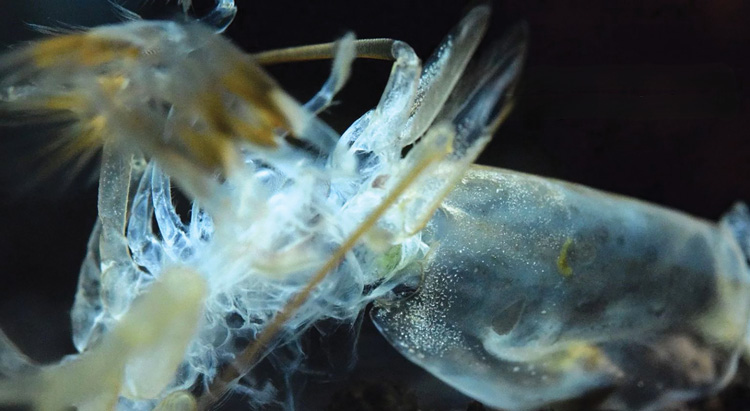
Improve Water Quality
Adding dolomite lime to shrimp ponds can help control heavy metal and toxic levels in the water. This helps maintain optimal water quality, which in turn supports shrimp health and growth.
Accelerates Organic Decomposition
The main benefit of dolomite lime for shrimp ponds is that it accelerates the decomposition of organic matter, especially in ponds with acidic soils. Soil acidity disrupts important nutrient cycling.
In shrimp ponds, soil often becomes more acidic due to the accumulation of organic matter from uneaten feed and shrimp metabolic waste (feces). This can lead to reduced productivity and environmental degradation. The decomposition of organic matter also becomes suboptimal.
The use of dolomite lime also acts as a solution for ponds with excessive turbid water, indicated by low water clarity, which is an indication of excessive algae growth (algal blooms). Lime increases the penetration of sunlight into the water, thereby improving water clarity. Lime binds phosphates in the water, particularly through calcium, which limits phytoplankton photosynthesis. As a result, the pH of the water increases and carbon dioxide levels decrease.
Algae Control
Excessive algae growth can lead to poor water quality and affect shrimp health. Dolomite lime can help control excessive algae growth by reducing the amount of nutrients needed by the algae.
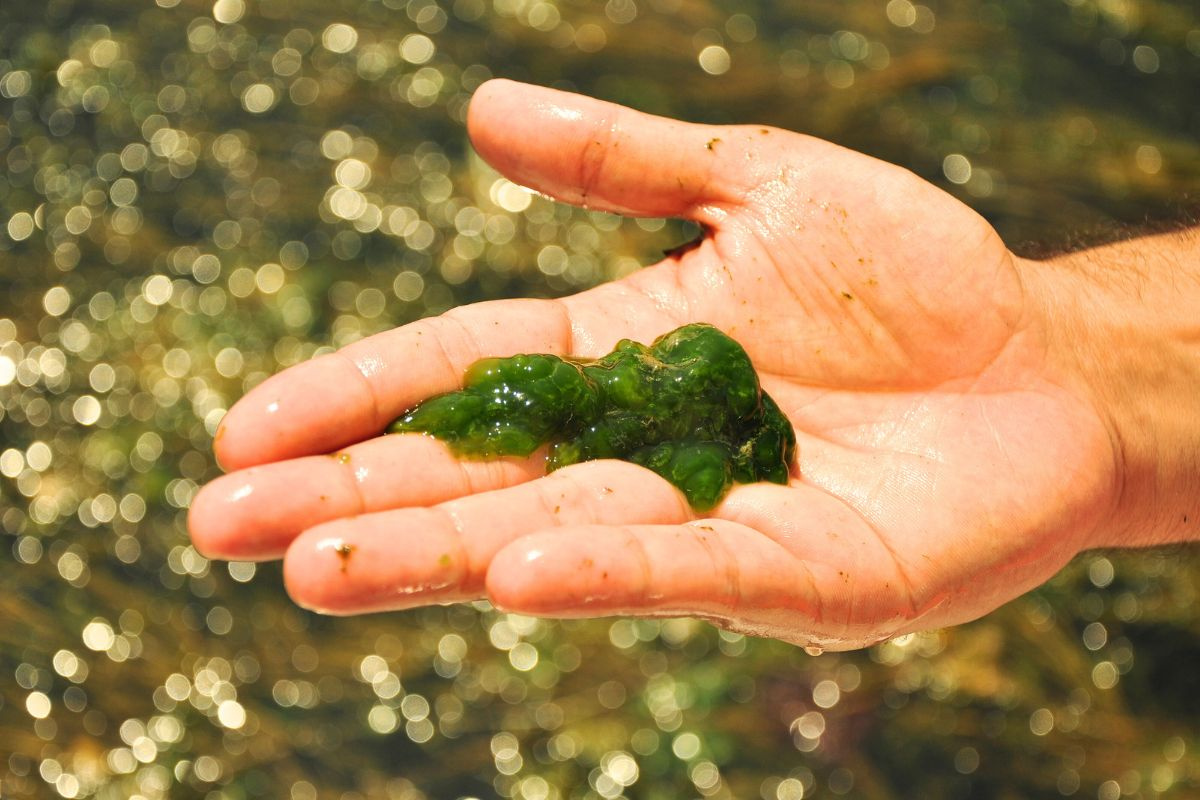
The use of dolomite lime should be combined with sustainable farming practices such as proper feed management, regular monitoring of water parameters and responsible waste management to support the effectiveness of dolomite lime in maintaining a healthy growing environment.

 vn
vn